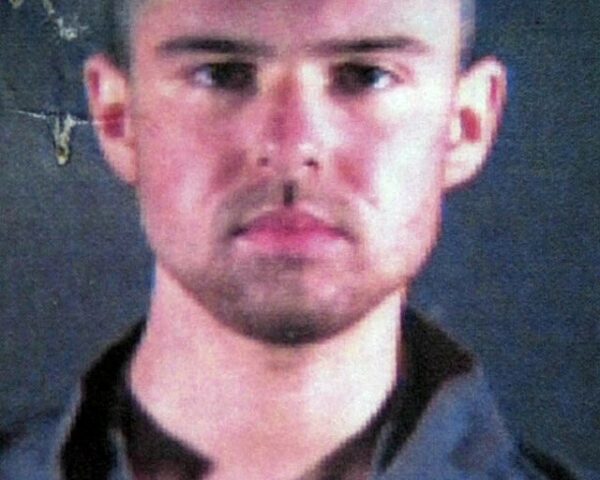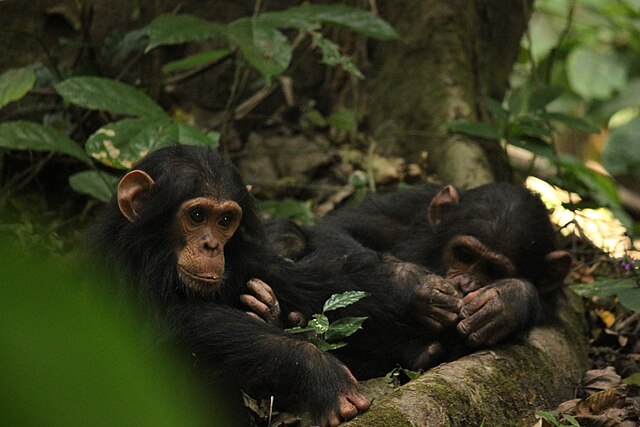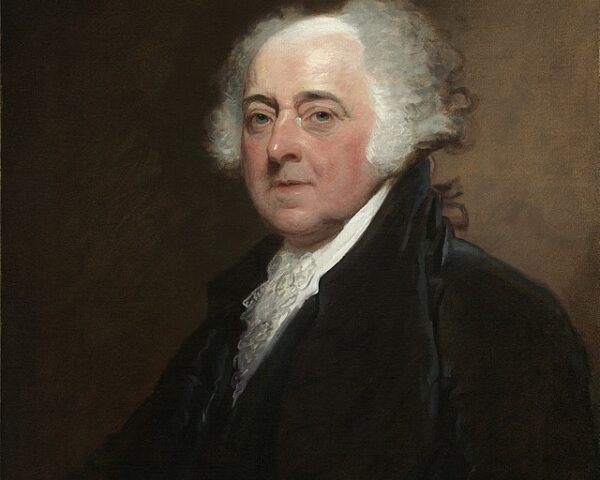On March 17, 1992, a huge majority of White South African voters backed a referendum to dismantle apartheid, the South Africa’s severe system of racial segregation. The results of the vote gave President F.W. de Klerk a mandate to end apartheid and share power with the black majority for the first time.
Afrikaans for “apartness,” Apartheid was the racial segregation, sanctioned by law, that was widely practiced in South Africa before 1948. “The implementation of apartheid, often called “separate development” since the 1960s, was made possible through the Population Registration Act of 1950, which classified all South Africans as either Bantu (all Black Africans), Coloured (those of mixed race), or white. A fourth category—Asian (Indian and Pakistani)—was later added. One of the other most significant acts in terms of forming the basis of the apartheid system was the Group Areas Act of 1950. It established residential and business sections in urban areas for each race, and members of other races were barred from living, operating businesses, or owning land in them—which led to thousands of Coloureds, Blacks, and Indians being removed from areas classified for white occupation. In practice, this act and two others in 1954 and 1955, which became known collectively as the Land Acts, completed a process that had begun with similar Land Acts adopted in 1913 and 1936: the end result was to set aside more than 80 percent of South Africa’s land for the white minority. To help enforce the segregation of the races and prevent Blacks from encroaching on white areas, the government strengthened the existing “pass” laws, which required nonwhites to carry documents authorizing their presence in restricted areas,” according to Britannica.
“Other acts also led to physical separation of the races. Under the Bantu Authorities Act of 1951, the government reestablished tribal organizations for Black Africans, and the Promotion of Bantu Self-Government Act of 1959 created 8 (later expanded to 10 )African homelands, or Bantustans. The Bantu Homelands Citizenship Act of 1970 made every Black South African, irrespective of actual residence, a citizen of one of the Bantustans, which were organized on the basis of ethnic and linguistic groupings defined by white ethnographers. Blacks were stripped of their South African citizenship and thereby excluded from the South African body politic. The South African government manipulated homeland politics so that compliant chiefs controlled the administrations of most of those territories. Four of the Bantustans—Transkei, Bophuthatswana, Venda, and Ciskei—were later granted independence as republics, though none was ever recognized by a foreign government, and the remaining Bantustans had varying degrees of self-government. Regardless of their independence or self-governing status, all the Bantustans remained dependent, both politically and economically, on South Africa. The dependence of the South African economy on nonwhite labour, though, made it difficult for the government to carry out this policy of separate development.
Separate educational standards were established for nonwhites. The Bantu Education Act (1953) provided for the creation of state-run schools, which Black children were required to attend, with the goal of training the children for the manual labour and menial jobs that the government deemed suitable for those of their race. The Extension of University Education Act (1959) largely prohibited established universities from accepting nonwhite students. The government created new ethnic university colleges—one each for Coloureds, Indians, and Zulus and one for Sotho, Tswana, and Venda students as well as a medical school for Blacks.”
Led by Nelson Mandela, a campaign against Apartheid started almost immediately upon its implementation. Mandela joined “the ANC (African National Congress) in 1944 and was elected President of the ANCYL (African National Congress Youth League) in 1951. He first encouraged non-violent protests as he wanted to follow Mahatma Ghandi’s example but this did not work and later on they used more violent tactics. The apartheid government then labeled Mandela and the other civil rights activists as terrorists.
Mandela was arrested by the apartheid government and during the Rivonia Trail (1963 -1964) and was sentenced to jail. He spent 27 years in jail, and most of that time was spent on Robben Island. During this time he had become an international symbol for the anti-Apartheid movement. Mandela and the anti-apartheid movement gained international support as there were worldwide protests and sanctions against the apartheid government.
The fight against the apartheid government was a success due to both local and international pressure which forced the regime to end.”
In 1993, the Nobel Peace Prize was given to both Nelson Mandela and Frederik Willem de Klerk “for their work for the peaceful termination of the apartheid regime, and for laying the foundations for a new democratic South Africa.”
In April 1994, Mandela was elected president in the first democratic elections ever held in South Africa.






